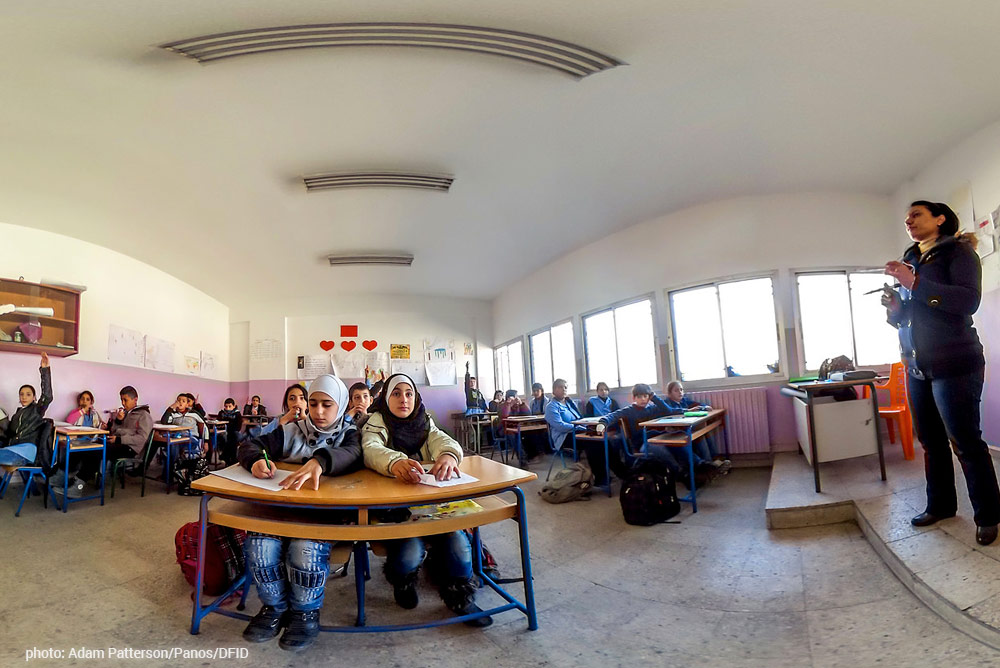Call it lack of opportunity, marginalization, a security risk, human rights violation or social injustice. I call it a major problem that needs to be fixed. Not only is the education of 65 million children disrupted today because of emergency, crisis and conflict — but new projections we are working on at the International Commission on Financing Global Education Opportunity show that these children will continue to fall behind. By 2050, middle-income countries experiencing conflict will perform worse than low-income countries in terms of education attainment. And generations of young people will be lost as the average child in a low income country in conflict will reach just 60 percent of the education of his or her peers in other countries.
We have a broken system. Recent figures from the United Nations Office for the Coordination of Humanitarian Affairs illustrate how dire the education in emergencies situation has become; only 1.3 percent of humanitarian aid appeals were directed toward education in 2015. The knock-on effects are considerable with that anemic 1.3 percent only covering 29 percent of education aid required, a nearly $500 million shortfall.
Continue reading this article here.

